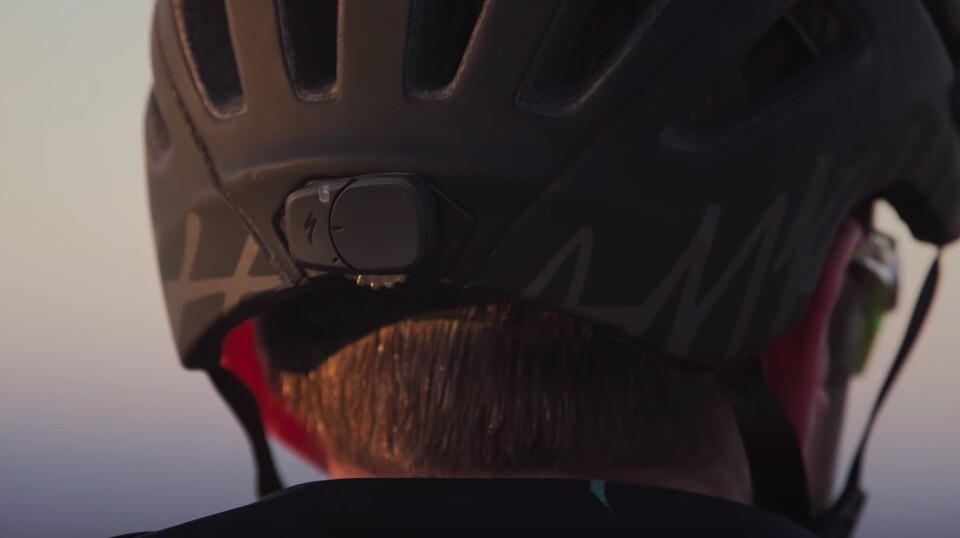It was back in 2012 that we first heard about the ICEdot Crash Sensor, a bicycle helmet-mounted device that detected when the rider had crashed, and responded by summoning help. ICEdot was acquired last year by Specialized, and a new-and-improved version of the technology is now featured in Spec's ANGi line of helmets.
ANGi (which stands for Angular and G-Force indicator) takes the form of a waterproof sensor that is built into some of the company's helmets, and that is also available as a self-contained device that can be mounted on all other 2019 Specialized helmets – it isn't recommended for use on helmets made by other manufacturers.
The sensor contains an accelerometer and a gyroscope that detect the linear and rotational forces that are typically associated with a crash. When these are detected, it connects with the user's smartphone via Bluetooth. An iOS/Android app on that phone then sounds an alarm and begins an onscreen countdown.
If the rider doesn't cancel that countdown before it's up, the app proceeds to send a text alert to people on a predetermined emergency contacts list. That alert not only mentions that the rider has crashed, but also gives their GPS coordinates. The countdown can be set to last from 15 to 90 seconds, in 15-second increments.

It's also possible for the app to notify contacts whenever the user is heading out, letting them know that the person is going for a ride. If the feature is enabled, those people can then follow the rider's GPS coordinates in real time, keeping an eye on their location.
Should the user be going somewhere where there's no cellular service, they can enter their estimated time of return on the app. If they don't get back by that time, an alert will be sent out listing their last known location.
The sensor itself weighs 10 grams including its replaceable coin cell battery, which should be good for six months of use.
Specialized's ANGi-equipped helmets are available now, at a variety of prices. The self-contained device costs US$60. And in case you want to shop around, Coros and Livall also already offer crash-detecting/help-calling helmets.
Source: Specialized





